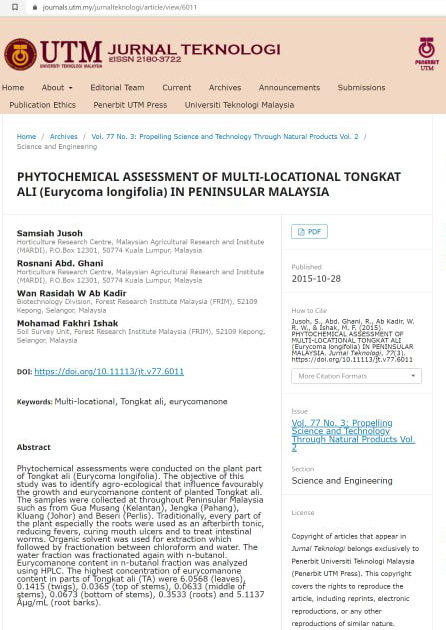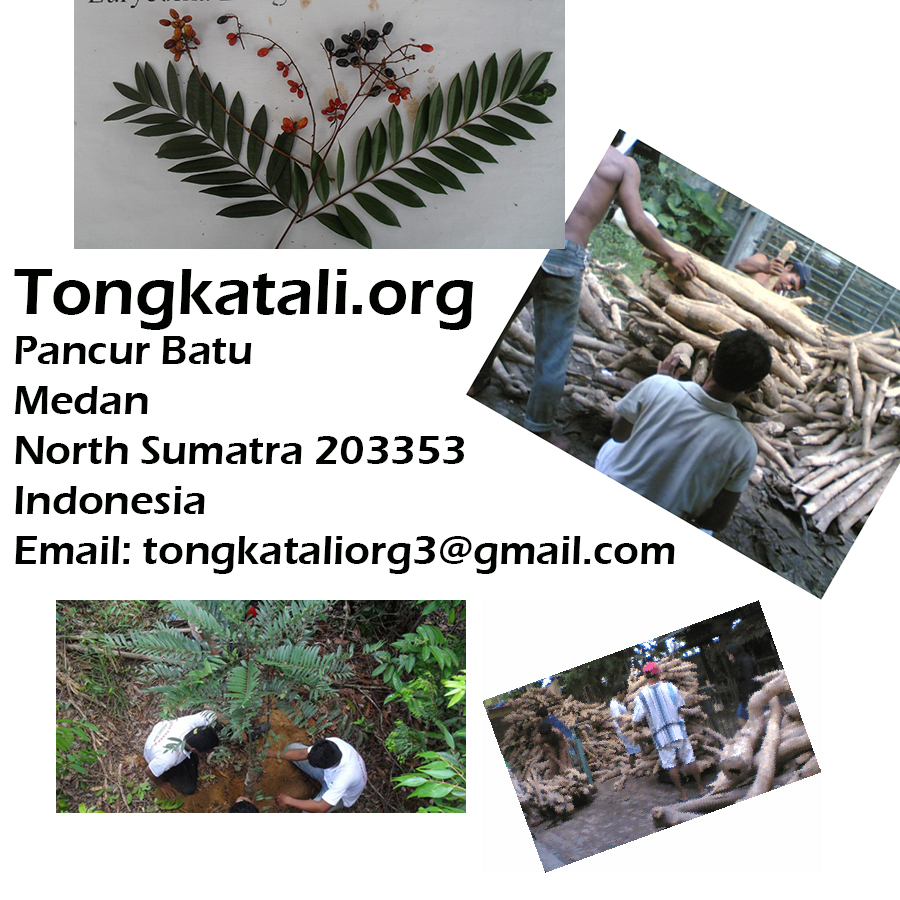
Articles, videos about Tongkat Ali, Black Ginger, and Butea Superba
Superior Tongkat Ali leaves extract
For available Tongkat Ali extracts, and their prices, please see:
https://tongkatali.org/index-products.htm
Orders can be placed by writing to the email address below - in any language.
The efficacy (effectiveness of a pharmaceutical product) of Tongkat Ali has been established in numerous scientific studies. You may want to verify this through a search on the online version of the National Library of Medicine of the National Institutes of Health of the United States Government.
The website is: https://pubmed.ncbi.nlm.nih.gov/
Try a search for: tongkat ali, or for Eurycoma longifolia (the scientific name of tongkat ali). You will gain access to the summaries or full texts of more than 200 scientific studies, most of which deal with the testosterone-enhancing properties of extracts of the plant.
As a rule of thumb, active or sought-after chemicals specific to a certain plant are found throughout a plant, from the roots to the leaves, but typically in higher concentrations in leaves (example: coca), flowers (cannabis), fruits (opium poppies), and bark (yohimbe). This rule of thumb also applies to tongkat ali trees.
The conventional wisdom that the active ingredients of tongkat ali root should be present in higher concentrations in other parts of the plants, especially the leaves, has been confirmed in a 2017 study, conducted by N. Zakaria et al. The study was published in the Journal of Fundamental and Applied Sciences. A full PDF file of the study can be viewed at: Leaf and stem extracts from Eurycoma longifolia jack
In a study for the University of Technology, Malaysia, Samsiah Jusoh et al analyzed the content of Eurycoma longofolia's most prominent quassinoid, eurycomanone, in various parts of the plant: "The highest concentrations of eurycomanone ... were (in the leaves) 6.0568". Lower concentrations were: 0.1415 (twigs), 0.0365 (top of stems), 0.0633 (middle of stems), 0.0673 (bottom of stems), 0.3533 (roots) and 5.1137 mcg/mL (root barks)." [Source: Eurycoma longifolia]
Please note that the concentration of eurycomanone in leaves is almost 20 times higher than in roots.
In a review of tongkat ali's ethnobotany and pharmacological importance, Bhat and Karim (2010) stated: " The plant parts [not just the roots] have been traditionally used for its antimalarial, aphrodisiac, anti-diabetic, antimicrobial and anti-pyretic activities..." [Source: Tongkat Ali (Eurycoma longifolia Jack): a review on its ethnobotany and pharmacological importance]
If ethnobotanical resources attest to the use of tongkat ali leaves, as well as root, and if scientific sources prove that active ingredients, especially alkaloids and quassinoids, are present in much higher percentages in leaves than in roots, why, then, are tongkat ali leaves extracts so hard to find on the Internet?
This actually doesn't have to do with ethnobotany but more with economics. Roots (and stem that is passed on as roots), have a lot of volume that can be sold. On the other hand, the Tongkat Ali plant does not grow an abundance of leaves. A whole tree will just yield a few kilos, and they aren't even dried yet.
We at Sumatra Pasak Bumi are the only company in the tongkat ali trade with direct access to the material we are selling. And because Tongkat Ali is increasingly rare, and the trade restricted, others sell all kinds of sawdust, and claim it's Tongkat Ali.
Because collecting tongkat ali leaves and roots in the rainforests is an endeavor that requires several days, we use our own expedition bus to go as far as possible by road, and then usually have collectors stay overnight in or around the bus, where they also prepare their meals.
Back near Medan, the largest city on Sumatra island, our Tongkat Ali leaves and roots are stored in warehouses. In order to be economical, our warehouses are in the rural surrounding of Medan, where land prices are still affordable.
The active ingredients are then extracted with modern machinery that use vacuum chambers. Only water is used in the extraction process.
This method of drying liquids in vacuum chambers goes back to Henri Nestle (a German pharmacist who migrated to Switzerland), not so much for making plant extracts but for the manufacture of milk powder.
Active Plant Ingredients Used for Medicinal Purposes, US Forest Service, https://www.fs.fed.us/wildflowers/
Bhat, R; Karim, AA (2010) Tongkat Ali (Eurycoma longifolia Jack): a review on its ethnobotany and pharmacological importance, Fitoterapia, Volume 81(7), Pages 669-79, https://doi.org/10.1016/j.fitote.2010.04.006
Brinckmann, J; Brendler, T, Tongkat Ali Eurycoma longifolia Family: Simaroubaceae, American Botanical Council, Issue: 122, Page: 6-16, https://www.herbalgram.org/resources
Chua, L S; Segaran, S; Wong, HJ (2021) LC-PDA-MS/MS-Based Characterization of Key Phytochemicals in Eurycoma Longifolia Roots Journal Chromatographical Science, Volume 21;59(7) Paes 659-669, https://doi.org/10.1093/chromsci/bmab041
Jusoh, S; Ghani, RA; Kadir, WRWA; Ishak, MF (2015), Phytochemical Assessment of Multi-locational Tongkat Ali(Eurycoma longifolia) In Peninsular Malaysia, Propelling Science and Technology Through Natural Products Vol. 2, Vol. 77, No. 3 https://doi.org/10.11113/jt.v77.6011
Ruan, J; Li, Z; Zhang, Y; Chen, Y; Liu, M; Han, L; Zhang, Y; Wang, T (2019), Bioactive Constituents from the Roots of Eurycoma longifolia, Molecules, Volume 24(17) Page 3157, https://dx.doi.org/10.3390%2Fmolecules24173157
Zakaria, N; Mohd, K.S.; Hamil, M.S.R.; Memon, A.H.; Asmawi, M.Z.; Ismail, Z (2017) Characterization of primary and secondary metabolites of leaf and stem extracts from Eurycoma longifolia jack, Journal of Fundamental and Applied Sciences, Vol. 9, No. 2S, https://doi.org/10.4314/jfas.v9i2s.41
By tongkatali.org
tongkataliorg3@gmail.com
Updated November 25, 2023

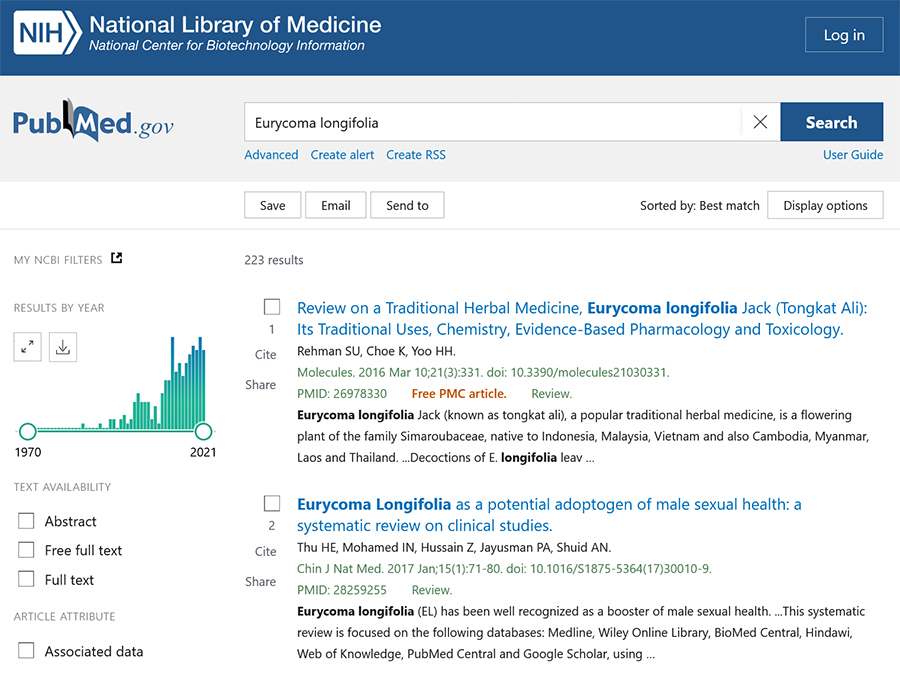
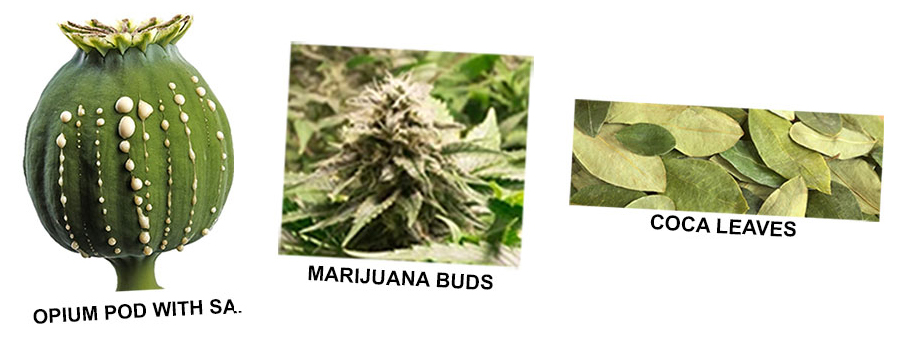
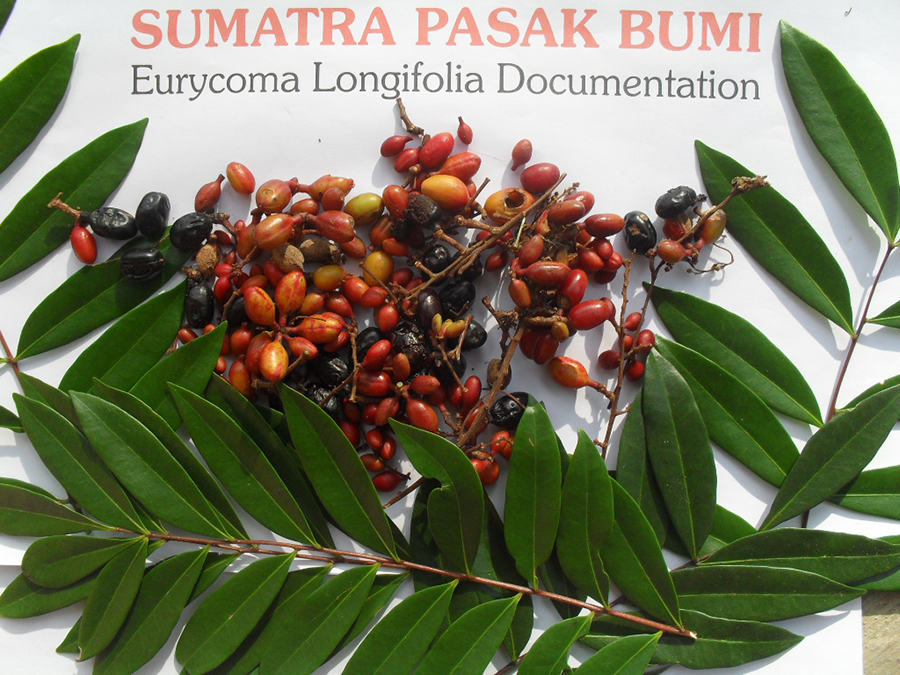

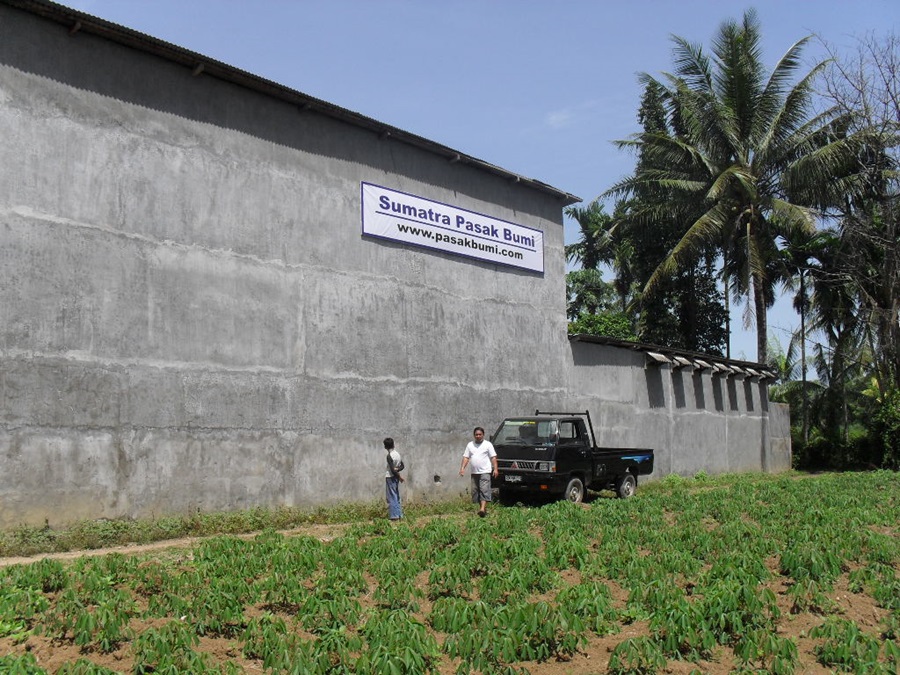
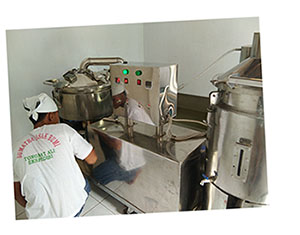
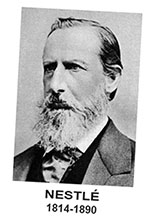
References:
ethnobotany/medicinal/ingredients.shtml
/herbalgram/issues/122/table-of-contents/hg122-herbpro-tongatali/
